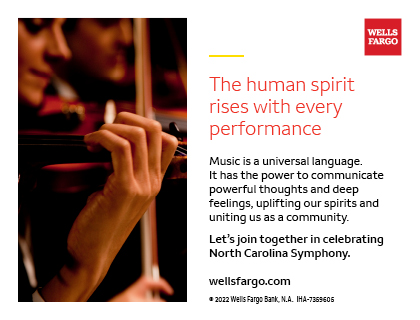Overture to Tannhäuser
Richard Wagner (1813-1883)
THE STORY
In addition to being a composer and conductor, Richard Wagner wrote prolifically on the nature of art and philosophy. In an essay from 1841 called “On the Overture,” he dissects the operatic overture as a genre: he describes its function not only as an introduction to the events of the opera, but also as an introduction to the thematic elements of the story—both musically and conceptually.
Four years after the essay Wagner completed Tannhäuser, his fifth opera, with the overture exemplifying the very virtues he had laid out in his writing. The opera is named for its hero, who is tested with the choice between sacred and profane love. The mythic tale begins with Tannhaüser in the realm of Venusberg, a land of lust and pleasure, under the rule of the goddess Venus. The hero escapes and makes his way to Wartburg, a Christian city, where he enters a singing competition to win the hand of Elisabeth, a paragon of virtue and chastity.
The opera was premiered in Dresden, Germany in 1845 and did not meet with the instant success of most Wagner operas that came before or after it. The composer continued revising the work, though he would never truly be satisfied. Despite the opera’s initial lukewarm response, its overture has stood the test of time and has become a staple of orchestral performances worldwide.
LISTEN FOR
- The first theme, played by the woodwinds and later taken up by trombones, which represents faith and purity
- The second theme, a scurrying, chaotic melody begun in the violas, which represents Venusberg and profanity, battling against the first theme
INSTRUMENTATION
Piccolo, two flutes, two oboes, two clarinets, two bassoons, four horns, three trumpets, three trombones, tuba, timpani, percussion, strings

